Eagle Syndrome
Home » Conditions » Eagle Syndrome
What is it?
Eagle syndrome is a condition associated with the elongation of the styloid process or calcification of the stylohyoid ligament, clinically characterized by throat and neck pain, radiating into the ear.
Eagle syndrome represents a little known and commonly overlooked disease, clinically characterized by non-specific pain in your face. Often also misdiagnosed, different diagnoses includes glossopharyngeal neuralgia and trigeminal neuralgia, temporal arteritis, migraine and myofascial pain dysfunction.
Eagle syndrome is often suspected when the pain affects only one nerve branch, and is not responsive to painkillers.
Symptoms of Eagle Syndrome
Possible symptoms include:
- Sharp, shooting pain in the jaw, back of the throat, base of the tongue, ears, neck, and/or face
- Difficulty swallowing
- Sensation of having a foreign object in throat
- Pain from chewing, swallowing, turning the neck, or touching the back of the throat
- Ringing or buzzing in the ears
Classic Eagle syndrome is present on only one side, however, rarely, it may be present on both sides.
In vascular Eagle syndrome, the elongated styloid process comes in contact with the internal carotid artery below the skull. In these cases, turning the head can cause compression of the artery or a tear inside the blood vessel, which restricts blood flow and can potentially lead to a transient ischemic attack (TIA) or stroke. Sometimes, compression of the internal jugular vein can also occur, and might lead to increased intra-cranial pressure.
These symptoms can vary in their severity. Learn more about your specific Eagle Syndrome symptoms, and how they can be treated at The Morrison Clinic™. Schedule an e-consult here
Ways to Avoid Eagle Syndrome Surgery
Non-surgical medical management of this condition may include the use of pain and anti-inflammatory medications, antidepressants, and/or steroids. Medication-based treatment with gabapentin, tianeptine, tramadol, acetaminophen, local lidocaine injection and stellate ganglion block has also been reported as effective.
Eagle Syndrome Treatments
To help deliver your best quality of life, The Morrison Clinic™ posseses expertise in numerous Eagle syndrome treatment options. We view Microvascular Decompression (MVD) as the gold standard for this condition, and perform it regularly. See more about it below.
Other traditional surgeries to shorten the styloid process (styloidectomy) are performed using either an intraoral or extraoral (through the neck) approach.
The intraoral approach usually requires tonsillectomy, and access to the styloid process is limited. There is also risk of injury to major vessels.
The extraoral approach may provide better exposure of the process and its surrounding structures. However, this approach results in a scar, requires going through connective tissue and may carry an increased risk of trauma to surrounding structures.
Schedule an e-consult with Dr. Morrison to discuss your Eagle syndrome treatment options today.
Microvascular Decompression as an Eagle Syndrome Treatment
The purpose of Microvascular Decompression is to relieve pressure from a pulsating vessel that is pressing against a nerve or bone, causing painful impulses throughout the face, neck or throat areas.
Because it would altogther stop or abate the throat or neck pain of Eagle syndrome, our neurosugery clinic views MVD surgery as a highly-effective treatment option.
How Microvascular Decompression is performed, in simple terms
The procedure is done under general anesthesia. Hair behind the ear is shaved and a small part of bone is removed. The affected area is identified and pieces of Teflon are placed between the affected area and the offending blood vessel(s). The small area of removed bone is then covered with a thin metal mesh.
Am I a candidate for Microvascular Decompression?
You may be a candidate for MVD if you have Eagle syndrome that is not well controlled with medication, and you desire minimal-to-no facial numbness as a result of treatment.
Because MVD involves the use of general anesthesia and brain surgery, patients with other medical conditions or who are in poor health may not be candidates. MVD is not successful in treating facial pain caused by multiple sclerosis. Because of the low risk of hearing loss, MVD may not be suitable for patients with pre-existing hearing loss in the ear opposite the treatment area.
Prognosis
Fortunately, this condition is both treatable and curable. The overall success rate for treatment — led primarily by the “gold standard” MVD surgery — is roughly 80%.

